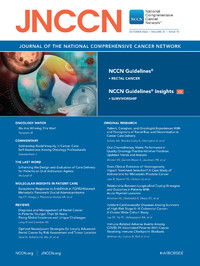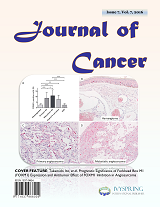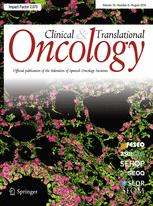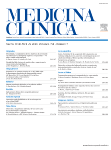Incident Cardiovascular Diseases Among Survivors of High-Risk Stage II–III Colorectal Cancer: A Cluster-Wide Cohort Study
Background: The incidence and survival of colorectal cancer (CRC) are increasing. There is an increasing number of long-term survivors, many of whom are elderly and have comorbidities. We conducted a population-based study in Hong Kong to assess the long-term cardiovascular disease (CVD) incidence associated with adjuvant fluoropyrimidine-based chemotherapy among CRC survivors. Patients and Methods: Using…












